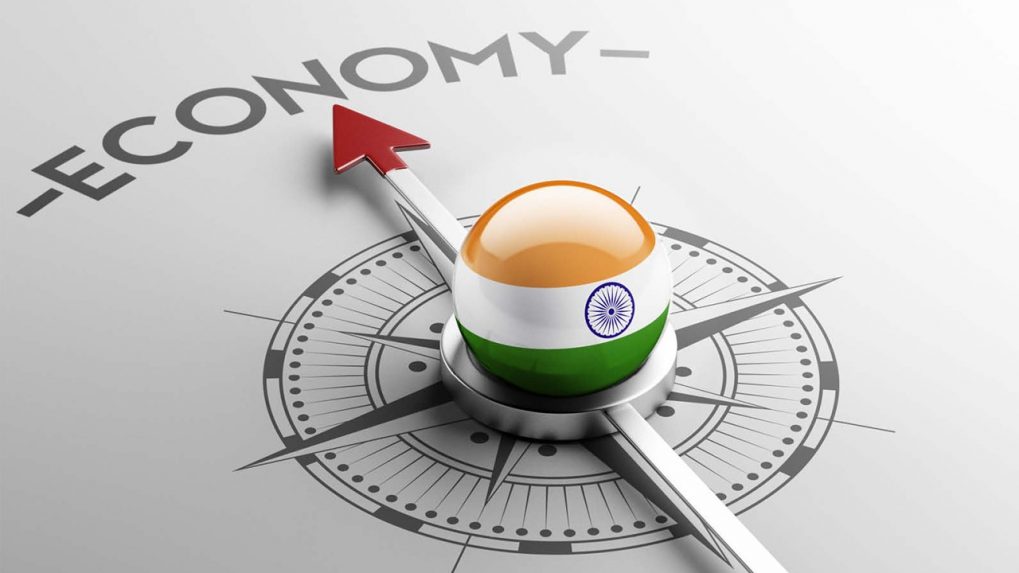- Courses
- GS Full Course 1 Year
- GS Full Course 2 Year
- GS Full Course 3 Year
- GS Full Course Till Selection
- Answer Alpha: Mains 2025 Mentorship
- MEP (Mains Enrichment Programme) Data, Facts
- Essay Target – 150+ Marks
- Online Program
- GS Recorded Course
- Polity
- Geography
- Economy
- Ancient, Medieval and Art & Culture AMAC
- Modern India, Post Independence & World History
- Environment
- Governance
- Science & Technology
- International Relations and Internal Security
- Disaster Management
- Ethics
- NCERT Current Affairs
- Indian Society and Social Issue
- NCERT- Science and Technology
- NCERT - Geography
- NCERT - Ancient History
- NCERT- World History
- NCERT Modern History
- CSAT
- 5 LAYERED ARJUNA Mentorship
- Public Administration Optional
- ABOUT US
- OUR TOPPERS
- TEST SERIES
- FREE STUDY MATERIAL
- VIDEOS
- CONTACT US
Return of Coalition Politics in India
Return of Coalition Politics in India
- After a decade in power, the Bharatiya Janata Party (BJP) was unable to secure a majority in the Lok Sabha (Lower House of Parliament) in the recent elections.
- However, they are set to form a government with the support of coalition partners under the National Democratic Alliance (NDA). This marks a return to coalition politics in India.
Understanding Coalition Politics
- Etymology: The term coalition is derived from the Latin word coalitio meaning to grow together.
- Definition: When several political parties join hands to form a government and exercise political power based on a common agreed programme/agenda, we describe the system as coalition politics or coalition government.
- Purpose: Coalitions usually Occur in modern parliaments when no single political party can muster a majority of votes. 'Two or more parties, who have enough elected members, between them to form a majority, may then be able to agree on a common manifesto that does not require too many drastic compromises with their individual policies, and can proceed to form a government.
- Cooperative Arrangement: Coalition denotes a co-operative arrangement under which distinct political parties, or at all events members of such parties, unite to form a government or ministry.
Features of coalition politics
The features or implications of coalition politics or coalition government are summarized by J.C. Johari in the following ways:
- It is a phenomenon of a multi-party government where several minority parties join hands for the purpose of running the government. A coalition is formed when many splinter groups in a House agree to join hands on a common platform by sinking their broad differences and form a majority.
- Coalitions are formed for the sake of some reward, material, or psychic motive. A coalition implies the existence of at least two partners.
- The underlying principle of a coalition system stands on the simple fact of temporary conjunction of specific interest.
- Coalition politics is not a static but a dynamic affair as coalition players and groups dissolve and form new ones.
- A coalition government works based on a minimum programme, which may not be ideal for each partner of the coalition.
- The purpose of coalition adjustment is to seize power.
Coalitions are of two types:
|
Pre-Poll Coalition: A pre-poll alliance is a political arrangement where two or more political parties agree to cooperate and support each other before an election. This alliance is typically formed with the aim of improving their chances of winning by consolidating votes, avoiding vote splitting, and presenting a united front against common opponents. |
Post Poll Coalition: A post-poll alliance is a political arrangement where two or more political parties agree to cooperate and form a coalition after the election results have been announced. This type of alliance is typically formed when no single party secures an outright majority, necessitating collaboration to achieve the numbers required to govern. |
Coalition Politics in India:
Phase 1: 1947-67
- Indian politics in the period between 1947 to 1967 was coalitional in nature. Political scientists like Rajni Kothari, Morris Jones and Myron Weiner developed a theoretical model for this level in the late sixties through the idea of a one-party dominant system or Congress system.
- Rajni Kothari has also highlighted the consensual politics based on pluralism, accommodation and bargaining followed by Congress party.
Phase 2: 1967-77 Coalition at state level
- Coalition by non-congress opposition parties, and formation of government in 9 states.
- Morris Jones calls that coalition led to the emergence of a 'market polity' leading to a 'pretty regular and continuous defectors market'.
- Divergent ideologies helped in winning elections by providing a mass base, but also led to crisis in governance.
Phase 3: 1977-79
- Defeat of the Congress in 1977 parliamentary as well as assembly elections (in six States).
- The introduction of populist, bureaucratic and authoritarian mode of politics in the party had led to the emergency imposed by the Congress government. Which became the reason for the debacle of congress.
Phase 4: Decline of coalition Politics (1980-89)
- The failure of coalition experiment (failure of Janata coalition government to complete its full term) gave an opportunity to Congress-recovering from a split in 1978 under the leadership of Indira Gandhi to capture power in the 1980 elections.
- Congress received a massive victory in 1984 general elections also. Thus, for a decade the coalition politics came to an end at the center. It however continued at the state level.
Phase 5: 1989-99
- Further decline of coalition politics, immature coalitions leading to hung assemblies and minority government at the Centre and rise of bipolar regional politics at state assemblies.
Phase 6: 1999-2014
- Mature coalitions that are stable.
Phase 7: 2014-24
- Return of single party dominant system, the coalition exists, but since BJP had a majority on floor, it was not dependent on coalition partners to fulfill its manifesto commitments, and not committed to a common minimum programme.
Merits and demerits of coalition form of government:
|
Feature |
Merits |
Demerits |
|
Accommodates diverse interests and ensures broader representation of various groups and regions. |
Can lead to instability due to disagreements among coalition partners and potential for smaller parties to act as "kingmakers.” |
|
Promotes consensus-based politics and reduces the risk of abrupt policy changes. |
Can slow down decision-making due to the need for consultations and compromises among coalition partners. |
|
Strengthens the federal structure by being more sensitive to regional demands and concerns. |
Regional parties may prioritize regional interests over national ones, potentially hindering national unity. |
|
Checks on the concentration of power and reduces the risk of authoritarian rule. |
May lead to lack of accountability and blame games among coalition partners, eroding public trust. |
|
May encourage collaborative leadership and shared responsibility. |
Can curtail the Prime Minister's power and lead to less decisive leadership. |
Conclusion
The return of coalition politics in India signals a shift in the political landscape. While coalitions offer several advantages, such as broader representation and consensus-based decision-making, they also come with challenges, such as instability and potential policy gridlock. The success of the new government will depend on the ability of its coalition partners to cooperate effectively and address the nation's challenges.




